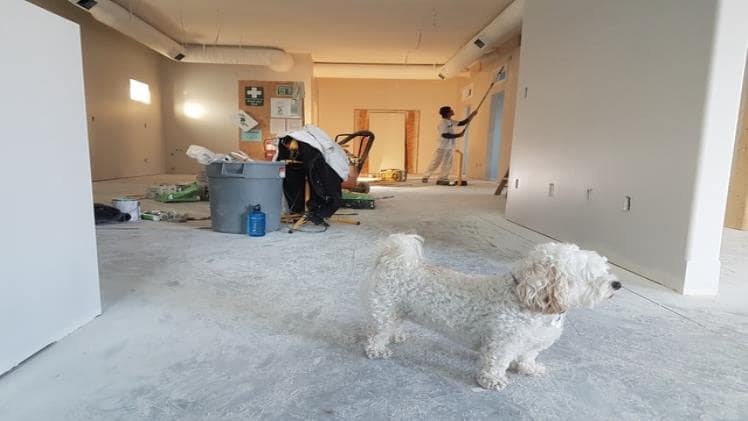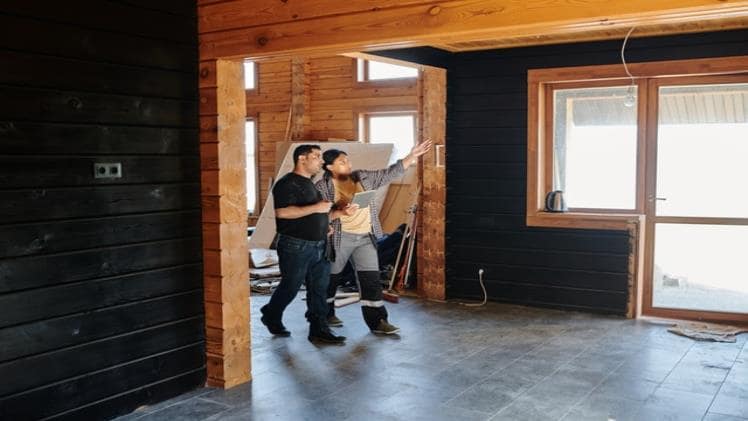Companies will need to reach out for assistance via a commercial defit project when they are moving on from a location.
Particularly if they are not owners and have been leasing the premises, there will be landlords that require valuables and infrastructure to be removed before a thorough cleaning practice is engaged.
This is an opportunity to pass over some key business advice when overseeing a commercial defit project.
Hiring The Right Defit Practitioner
One of the first pieces of advice that any business should use as far as a commercial defit project is concerned is to ensure that they are hiring the right party. In most settings, these specialists will offer a multifaceted service that covers every base and every circumstance. However, depending on their resources and experience, they might limit their scope to offices, warehouses, shops, factories, gyms, schools or medical facilities. By researching the credentials of these brands, it is possible to gauge how proficient they are, how the community rates them and if they have a background in catering to the client’s needs on site.
Establishing The Budget

From the outset, it is important to recognise how much money is available for a commercial defit project. Given the potential financial penalties for damage and leftover items and infrastructure, this should be seen as an investment. The good news is that specialists in this sector will be able to pass over obligation-free quotes and outline their price lists for interested parties. This will give owners and managers a chance to see what is viable from a monetary standpoint.
Establishing The Timeframe
If the cash was a central talking point regarding the work of a commercial defit project, then the time is also paramount. Landlords will have very strict parameters around when constituents need to have their goods removed from the premises and given the scope of the operation, this might be a task that takes a number of days. By making early contact with practitioners, it is possible for them to plan ahead and see if the removal and clean can occur on their calendar.
Outlining Landlord Requirements
Any business that is looking to hire a defit specialist for this unique task will know that their plans are guided by the demands of the landlord. If they need a strip-out for the benefit of their next tenant, that has to be the order of the day. Then there will be requirements around cleaning, wall removal, signage, light fittings, floor coverings and perhaps more. What do they require and how far do these contractors need to venture regarding demolition, removal and cleaning procedures?
Requesting Quotes & Inspections
The only way that professionals can determine if they have the scope for a commercial defit project is to run their eyes over the precinct and see what kind of provisions are needed. Not every contractor will follow the same steps, but it is always helpful when they know what they are dealing with, especially as it pertains to demolitions and heavy removals where adjoining locations could be impacted by noise and disruption. If they have the opportunity to see what is involved on the ground, then they can make accurate judgements about labour and resource integration.
Having Materials & Items Assessed for Removal
For a space to be completely cleared for the new tenant to enjoy, then it is important to have an account for the goods that need to be shifted. Smaller collections can be moved by the client themselves if they wish to save time and money, but furniture collections, appliances, pieces of art and utilities for business use can be packaged into the one removal option. To help those who run and manage a commercial defit project, it is beneficial to know what is in play and what has to be shifted.

